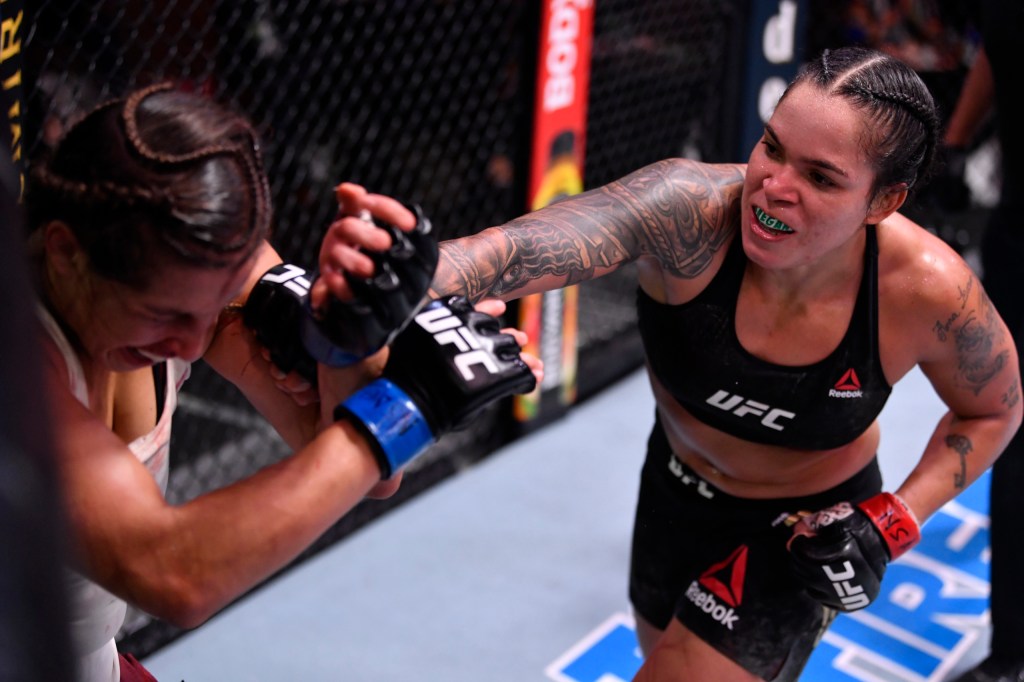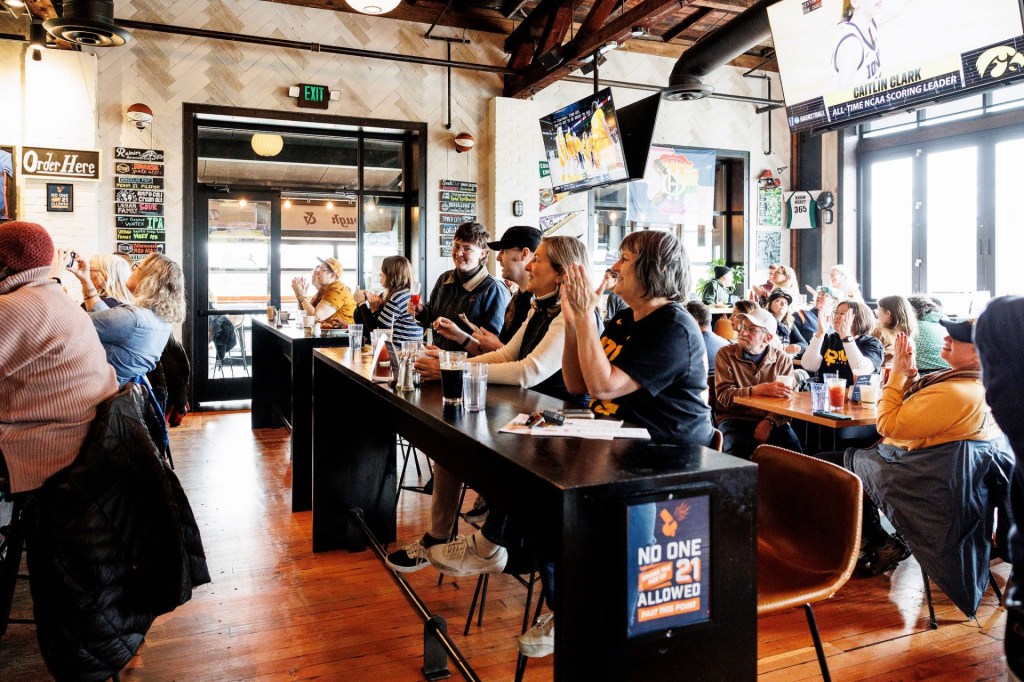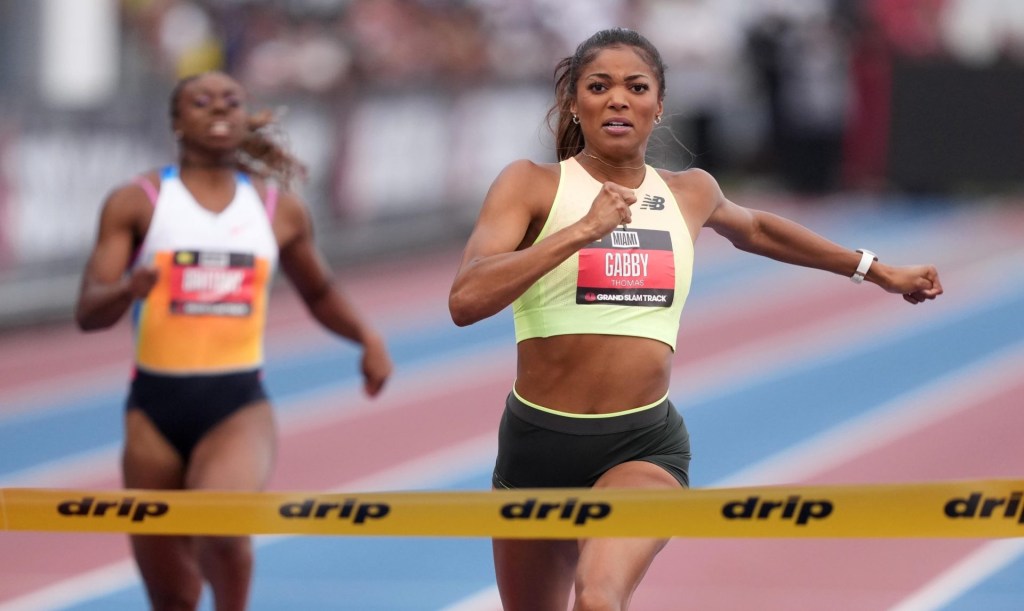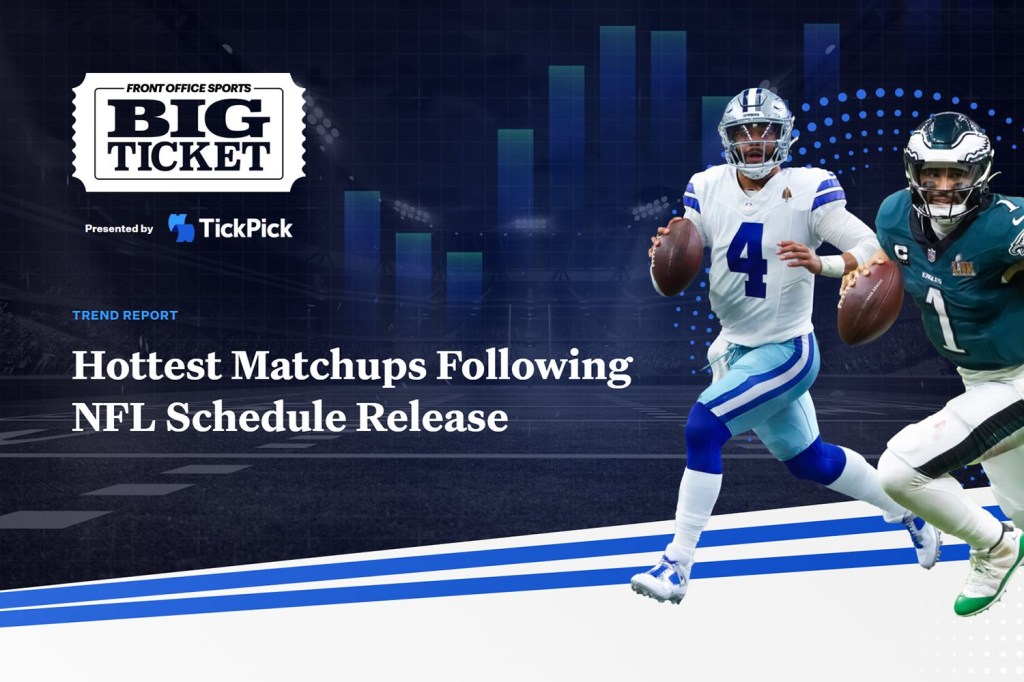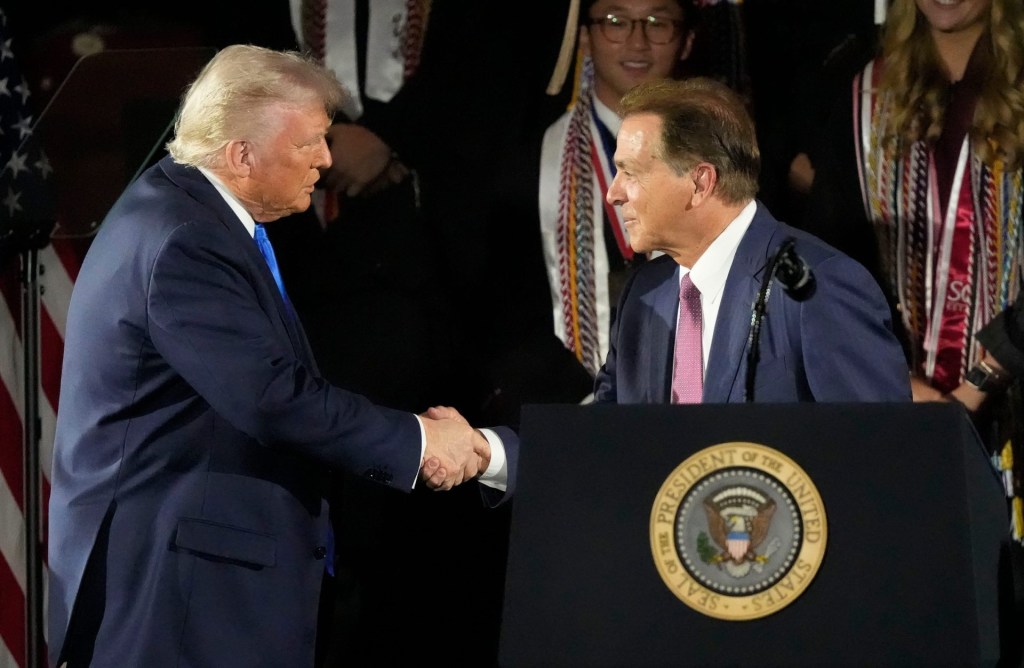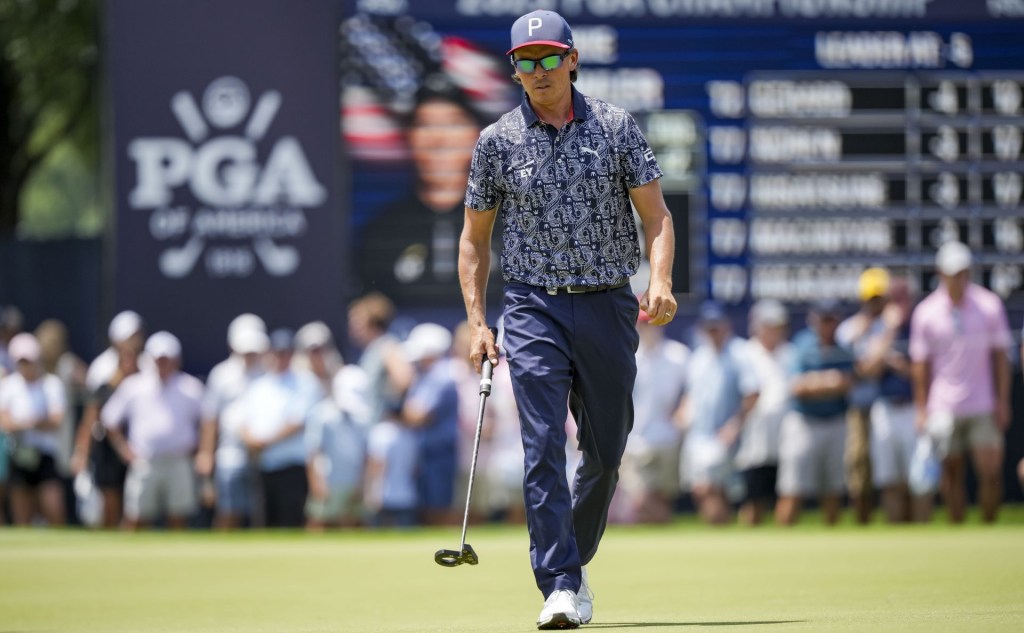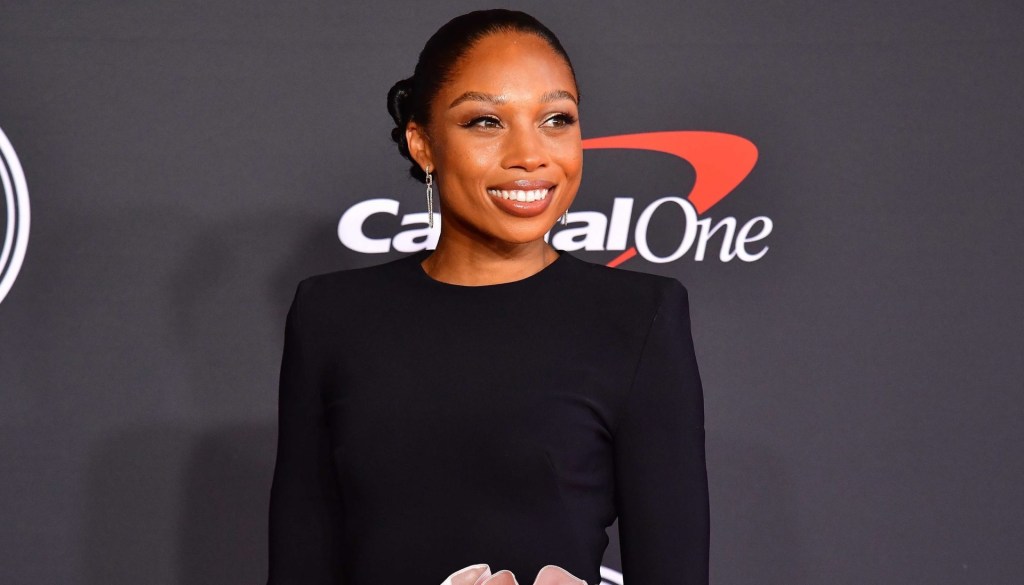By: Travis Gorsch, @tgorsch3

Front Office Sports is proud to have sat down with Dr. Raymond J. Petras, Pain Doctor, Sports Psychology (Performance) Consultant, Hypnosis and Concussion Treatment Specialist. Dr. Petras was gracious enough to offer up his time and insight into his work with athletes. He talks about his unique cutting-edge injury management remedy PsychNeuro Pain Response™ (PNPR™) also called Talking Away Pain™ (TAP™) and how it differs from other remedies. Finally, he shares his unique path through his sports career and how to become involved in mental training.
You have a Bachelors degree in Chemical Engineering and Psychology, Masters degree in Human Development and a PhD in the Psychology of Sports and Pain Management. How has your education helped set you up for a successful career?
More than anything else, the education that I received taught me that you can not accomplish anything alone. The schools that I chose enabled me to design a career path for my passion. My passion was using the mind to improve performance and manage injuries. It was a different slant from the others already in the profession. The traditional schools and professors were not interested in the subjects and direction that I was. While seeking degrees, I studied and did the necessary work, to obtain credibility with the medical and sports communities and general public. While studying, I was building a practice to safely eliminate pain, improve performance and speed-up healing in new and exciting ways.
What is sports psychology and mental training?
In a nutshell, it is the study of the mind and its behavior in relation to a particular sport, field of knowledge or activity of an individual or group. The mind needs training just as the body. Before anything is created it is a thought in the mind. In my former job, as a R&D engineer, I was asked to create new products. In school, I had been taught the formulas, but not how to be creative. So, I enrolled at the University of Minnesota to study psychology and the mind. How one creates or enhances performance was always of interest of mine. I found that the our thoughts, and how we control them, are key to overall health, creativity and performance.
You were formerly a Sports Medicine and Development Chair for USA Track & Field/Minnesota as well as working with Schwan’s USA Soccer Cup and World Cup Speed Skating events. Where did your path begin and how have you reached the heights you are at now?
Each of the organizations that I became involved in, evolved in a unique way.
One morning, while at a continuing education class for physicians, I sat next to the medical director for the USA Schwan’s Soccer Cup in Blaine, Minnesota. He asked me about me work. After our discussion, he asked me to join his medical team.
One evening, while attending a presentation by the National USA Track & Field Director, I spoke with an official who was with the USATF/MN. He mentioned that they were looking for a sports medicine and development chair and offered me the position.
A speed skating oval opened in Roseville, Minnesota. While on the medical team, at the oval, for a World Cup event, I met USA Long Track speed skating coach Bart Schouten. He enlisted me to work with his junior skaters in the areas of sports performance and injury management. He later became the USA Long Track National and Olympic coach and he gave me the opportunity to work with his team.
It is all about people. It is about getting out and helping them achieve their goals.
In 1990, there was an Olympic Festival archery event at the University of Saint Thomas in Minnesota. While attending, I started a conversation with one of the men standing next to me. He happened to be a USA District Archery coach. After telling him that I worked with performance and injuries, he asked if I had time to work on some of his injured archers. I did. One woman won the meet gold medal and another, who I worked on for a shoulder injury, was eventually named USA Women’s Archer of the Year. Because of the success the coaches observed and the players experienced, I was invited to USA Archery’s annual training camp at Olympic Village in Colorado Springs.
You have spent time as an associate and adjunct professor as well as a seminar and adult education instructor. What has drawn you to a career focused on sharing your knowledge with others?
Knowledge is not beneficial, if no one is putting it to good use. My work, using mental techniques to safely speed healing, improve functionality and reduce pain while improving performance, appears to be unique. This work needs to be disseminated to the sport community, businesses and the general public. Through teaching, you can reach more people than working individually. It’s about empowering people. It is getting them to understand that they have the tools to improve their lives. Getting into the teaching field was a no brainer.
You specialize in Sports Psychology & Mental Training working with individuals, athletes, sport teams, coaches, and even business professionals. In consulting with all these different people, what does your average day look like? Do you travel a lot or is most of it done over the phone?
Although I work a lot with athletes, coaches and teams, I do a great deal of work with businesses and the general public to enhance performance, manage injury and pain and change behavior. I offer sessions in person, by Skype or over the phone. With some clients, I have to use an interpreter.
Over the phone, I worked with a breast cancer patient to eliminate her pain from biopsy and margin surgeries. The other day, I worked with a cross country team, from Heritage, Missouri for performance and injuries. I was assisting XC Coach Mark Sabala, a master coach, prepare his boy’s and girl’s team for the District and State XC meets. They boys won the District and the girls came in second. The State results came in as this interview was taking place. The boys repeated as State Champions and the girls finished 11th, tying the best finish in school history. All boys ran faster than last year at State and all the girls ran faster than at Districts.
The type of day that I schedule varies with the season. I may work with cancer patients in the morning, athletes at lunch and teach at night. Although I’m in Scottsdale, AZ., I’m currently working with Canadian athletes. The next day or week, I may travel. It is fun.
You developed a pain management technique called PsychoNeuro Pain Response™ (PNPR™) also called Talking Away Pain™ (TAP™). Can you tell us a little more about what this is and why it’s different than other remedies?
PNPR™ is a combination of well-known techniques found in literature. It allows the body to act as its own biofeedback mechanism. It offers hope for health by engaging the conscious mind in interesting, focused, neutral and positive self-talk while the mind and body automatically improves in the quickest, most efficient and healthful way possible.
In working with athletes, most injuries are treated by the team physician and trainer using conventional standard medical (CSM) training techniques. I am part of the team medical staff. I work, in conjunction with the team physician and trainer, on the injury, but from the mental side. I utilize the mind to help speed the actual physical healing process. I am not a substitute for, but I enhance what the team physician and trainer have done. The physician and/or trainer have the final says as to the readiness of the athlete to safely return to play.
I deal directly with the physical injury and more. In many cases, I have been able to safely enable an athlete to play, when initially, the team physician and trainer felt that that would not be possible.
You started in 1989 and now have over twenty-six years of experience working with many different levels of competition ranging from high school to college and even professionals. How is the interaction different at each level? Did you have to start at the bottom and work your way up to the pros?
In 1989, I started using my new technique for pain and injury management. I actually started learning and using mental training and hypnosis in the 1970’s. Originally, I did not believe in mental training and the power of the mind, although, I did not disbelieve. When I started seeing some amazing results on others, however, I wondered why I could not achieve the same results for myself.
So, for a year and one-half, I worked on myself and experienced some amazing results. I received a promotion, a patent and developed eight new products. I worked with friends and their children with positive results. Even before I had gone back to school for my psychology education, I was working with mental training and the feedback was great. That is why I changed careers.
Due to my successes, I was interviewed for television, newspaper articles and more. This media exposure enabled people to learn about the power of the mind. You can see more of these interviews on YouTube.com/relief4u2.
I guess you could say I started my work at the bottom. I worked on myself, first. Then I worked on friends and others for free. After more schooling, experience and confidence, my avocation turned into a career.
There are differences between the elite athletes, the pros and beginning athlete. Athletes, coaches, parents, etc. have different issues, at each level. As a provider of services, you have to concern yourself with many issues, one being the legalities of working with teams and athletes. You have to be invisible when dealing with the media. Early on in my sports career, I thought I knew a lot. But looking back, I see that I might have been eaten alive by some individuals and organizations based on what I know now.
You’ve got to start somewhere. So to begin, use what is in front of you. If you do a good job the word gets around. People want to work with people who are knowledgeable, kind and effective.
You’ve worked with players in the NBA, MLB, PGA, NFL, etc. Is there a difference in working with one sport that makes it harder than the others?
First of all, they’re all human beings. They all have fears, wants, needs, outlooks, and goals. There are basic things about athletes, coaches and teams (sports), but yet they are all different. You have to find and adjust to their needs, wants and desires. Personally, I have not had the experience that one sport is one harder than another to deal with mentally.
There can be challenges, if you do not know much about a sport or situation. For example, I wasn’t very familiar with ice hockey. It took some time to gain credibility. To gain a foothold, I showed the athletes that I could help them immediately with their injuries. That gave me time to learn the sport and its language. It was then that I was able to show them how their mind could also help them improve their performance. Athletes do not want, in general, outsiders to mess with their minds. They feel that they know what they are doing. What show them is that I am not there to change their mind per se, but to find out what they do well and teach them ways do it more often.
A big issue in sports today is centered around concussions. You have been able to eliminate headaches, nausea and dizziness and improve concentration. What makes your concussion treatment different than others?
Initially, I did not set-out to treat concussions (symptoms). In the past, I had successfully worked with eliminating symptoms of nausea, dizziness and headaches due to other injuries or conditions. So, it was an easy transition to work with these symptoms when an athlete presented with a concussion, diagnosed by his physician.
At this time, there are very few concussion therapies. The two most recommended treatments for concussions are rest and Tylenol. Medication has side effects and rest offers little in the way of symptom management. The patient has very few alternatives, but to suffer through the concussion symptoms. What I’m doing is giving people the opportunity, with the PNPR™ technique, to safely relieve their symptoms instead of waiting weeks for them to resolve on their own.
What advice do you have for someone that is interested in pursuing a similar career?
If you just want to enter the sport psychology field and try to make a living, it is going to be very difficult. The United States Olympic Organization, recommends and I agree, to become a psychologist or therapist first. Work with a branch of psychology, make a living, then start to integrate yourself into the sport community.
If you have some other area of strong passion, like using psychology for health (health psychology), follow your heart. It may not be the easiest way, but if you’re happy and helping people, you are successful.
If you are still searching for your niche, get out and meet people. Ask questions. When you see something that interests you, follow-up on it. First, get straight on what you want to do with your life then take action. One thing will lead to another. Do what you want to do, not what other people feel you should do.
Parting Wisdom?
“Give yourself permission to get better,” …be happy and successful.
We would like to thank Dr. Petras for his time and insight and we wish him the best of luck in his future endeavors!
You can follow him on Twitter here or visit his website to learn more here.




